The HEPCAT group currently has 16 members spanning a range of disciplines, from neural networks to quantum gravity. If you are interested in joining the group, please see the Opportunities page.
The HEPCAT group currently has 16 members spanning a range of disciplines, from neural networks to quantum gravity. If you are interested in joining the group, please see the Opportunities page.
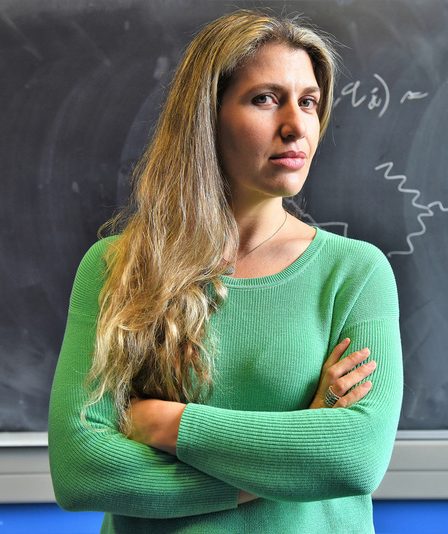
My research focus is on the fundamental physics that underlies the nature of the Universe. My goals are to study the Universe as a whole, while gaining insight into its origin, composition, structure, evolution and ultimately its fate. To that end, I work in high energy theory - working on building successful theories (of gravity and matter) that might explain all known observations so far while making new predictions, for example Chameleon Gravity. I also work on using the tools of high energy physics to try to solve open problems in astrophysics. On the more observational side, I am currently fascinated with Fast Radio Bursts, not only in trying to understand their progenitor mechanisms but also in the ways in which we can use them to solve open problems in cosmology. I am one of the Lead Investigators on the HIRAX project which is a 21cm intensity mapping experiment that will allow us to both learn about dark energy and its evolution and learn a fortune about FRBs by observing many tens of thousands of them.
I am currently a Lecturer at the Department of Mathematics and Applied Mathematics at the University of Cape Town. Previously, I was a Lecturer at the University of Windsor, Canada. I was also a Visiting Assistant Professor in Colorado State University-Pueblo, USA. Prior to my faculty position in Windsor, I was a postdoctoral researcher at the University of Witwatersrand and at the University of Cape Town. I obtained my Bachelor of Science (Honors) in Physics from the University of Dhaka in Bangladesh. Then I started my Ph D at the University of Wisconsin-Madison, USA, earning a Ph D in 2010 as a student of Professor Akikazu Hashimoto. I am interested in Quantum Information theory and Gauge/Gravity duality. Quantum Information is the perfect melting pot for integrating different areas of Physics, Mathematics and Theoretical Computer Science. The key ingredient for this unification is an information theoretic quantity called complexity. Presently, I am working on how complexity can be related to quantum chaos. Besides my research on Complexity, I am also interested in Cosmology and String Cosmology.
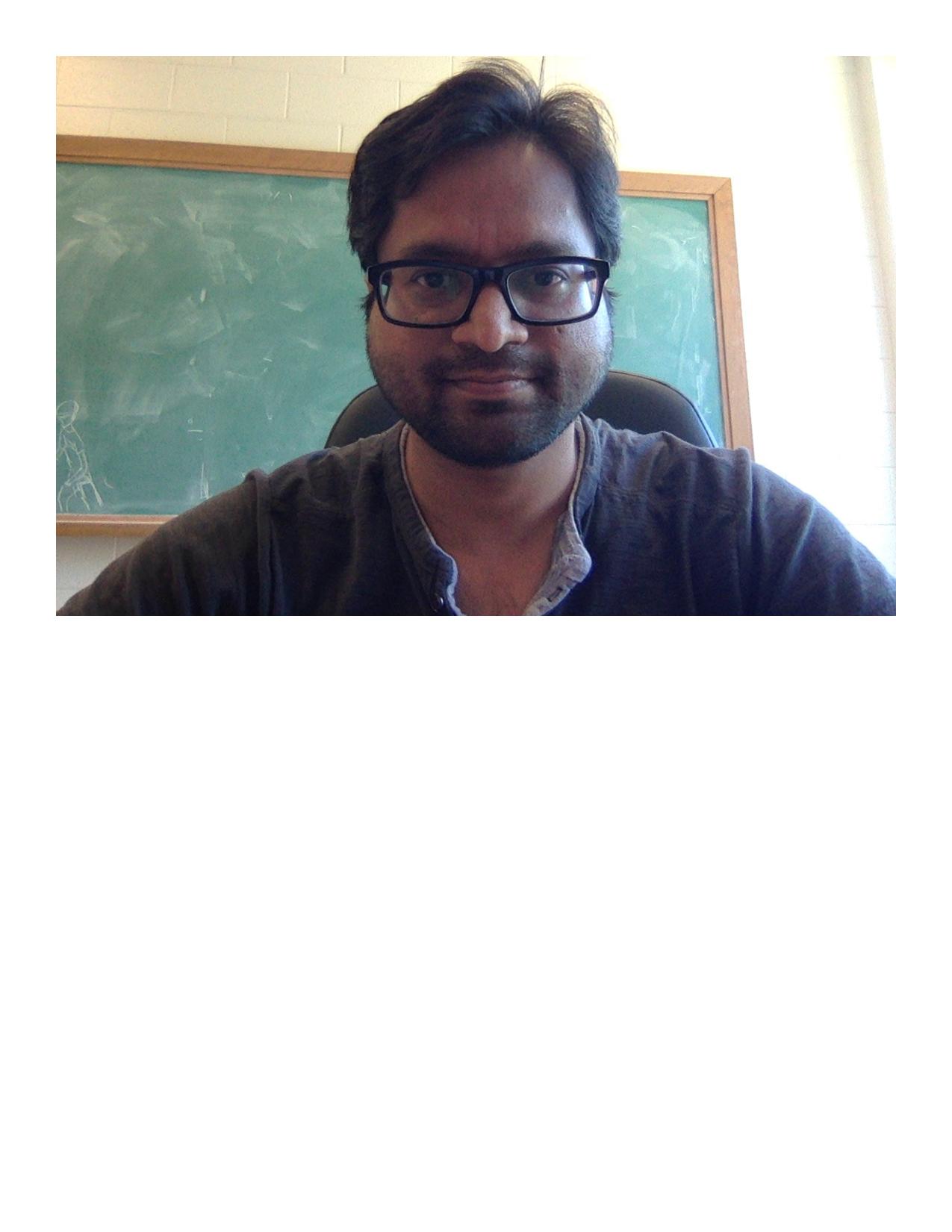
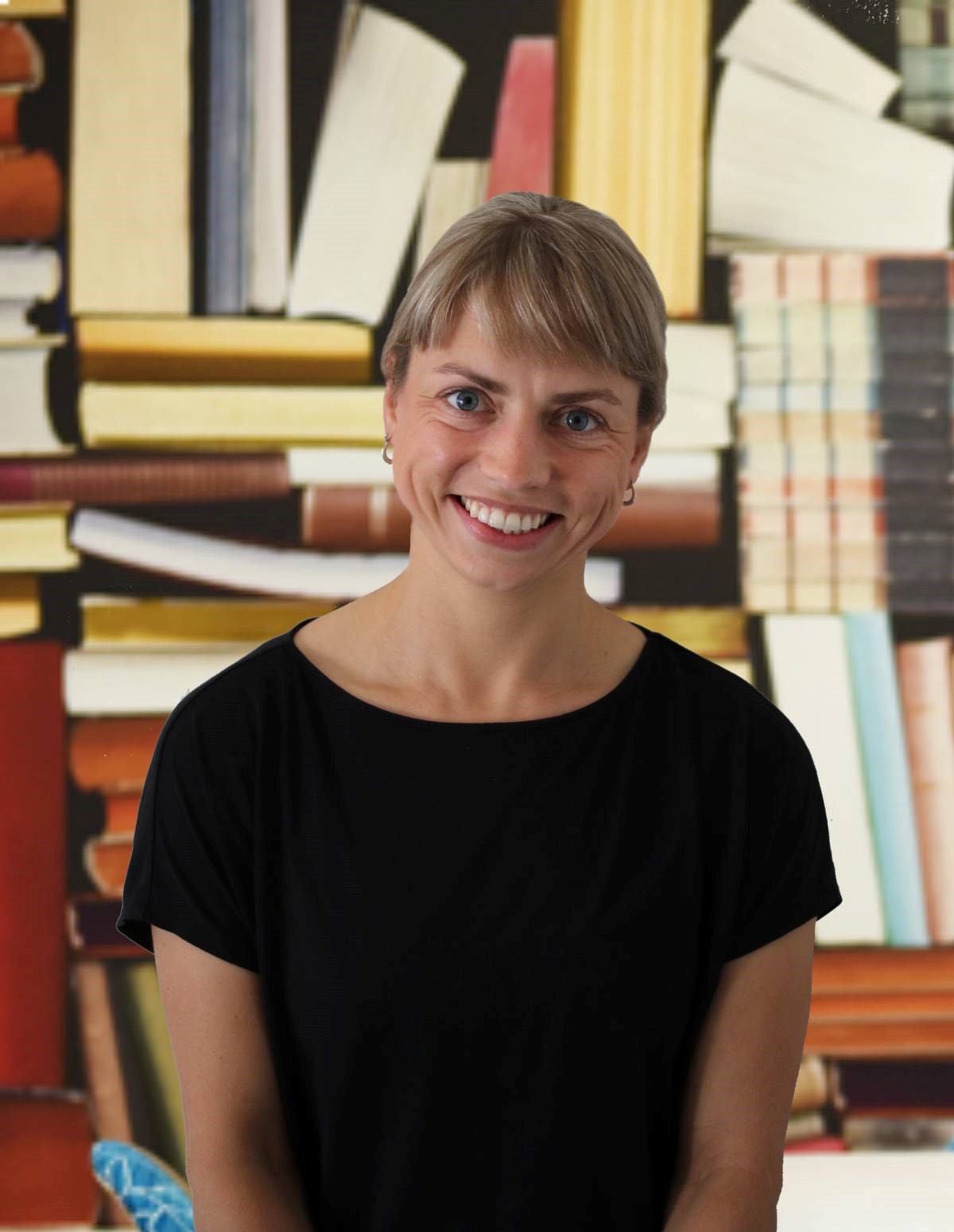
My background in Theoretical Physics expanded into Astrophysics when I became interested in black holes and neutron stars during my Masters and PhD research projects. Since then I have become evermore involved with the observational side of these sciences too - enjoying the bridge that binds theory and data. Much of my current research revolves around studying pulsating neutron stars, called pulsars, and their applications in testing our understanding of gravity. As part of the Meertime project, I use the sensitive MeerKAT telescope to observe and time fast spinning pulsars in binary systems, and thereby model the relativistically tight orbits of these compact objects. The precise clockwork of pulsars also provides us with tools to search for the presence of a nanohertz gravitational wave background using pulsar timing arrays - a grid of well-timed pulsars studied over several decades. Experiments across the globe are getting ever closer to a prominent detection. Where these results lead will be very interesting, and will help inform our understanding of the cosmic population of binary supermassive black holes thought to create this background gravitational wave stir.
As a mathematical physicist, my research interests lie primarily in understanding the mathematical structures that underpin much of the physical universe. Many of these structures are wonderfully universal, connecting physics on cosmological scales, to the smallest of quantum scales. My own work revolves largely around emergent phenomena, from condensed matter to neurophysics. My recent focus has been on low-dimensional dualities - where I was a co-discoverer of the 3D duality web - and topological quantum matter and information, including quantum chaos and complexity.
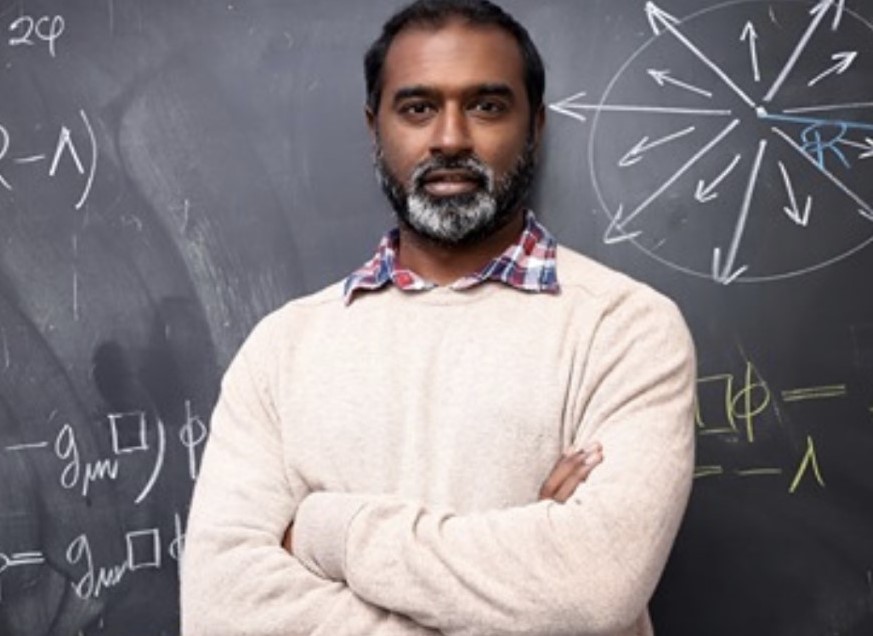
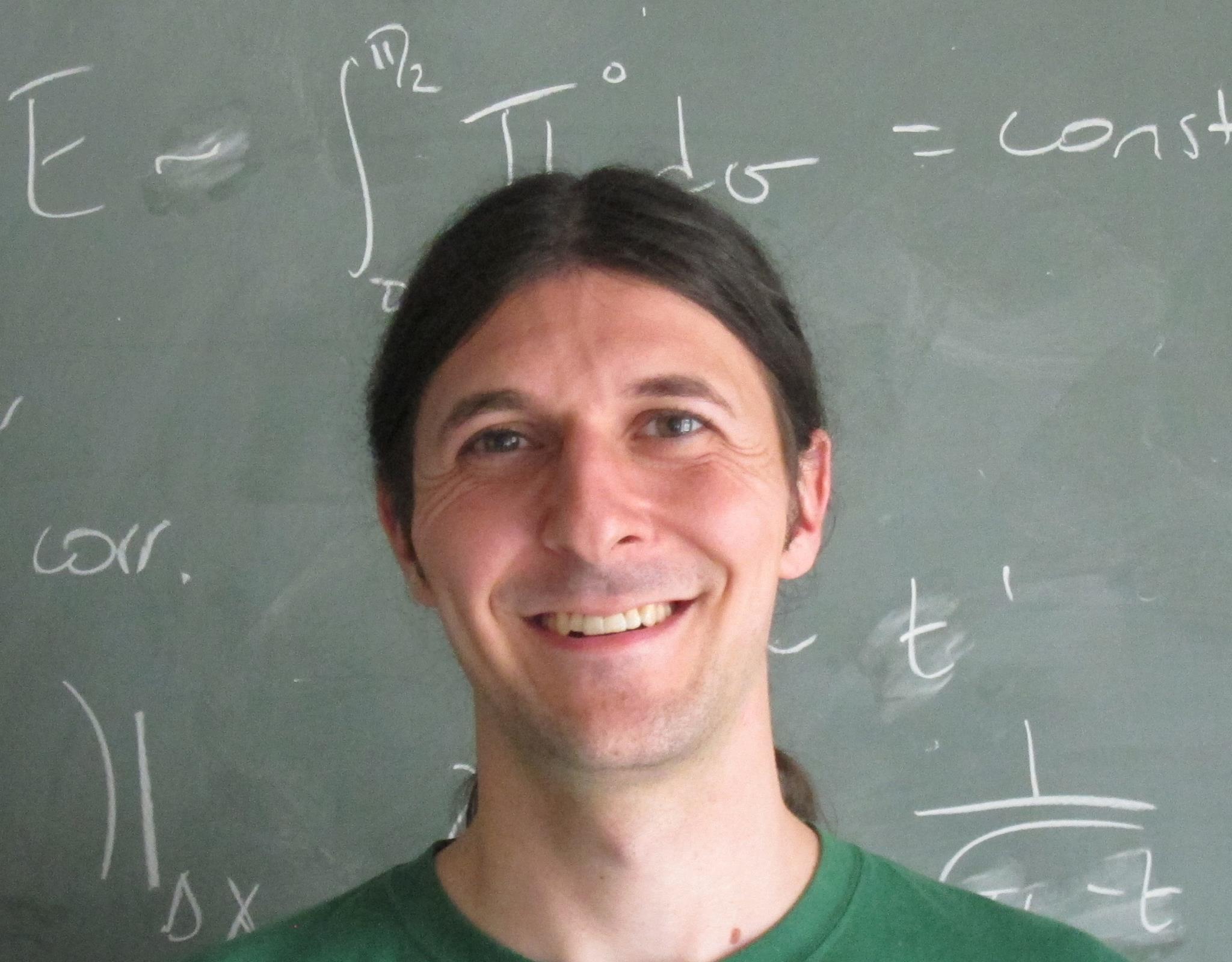
A microsecond after the Big Bang, all of space existed at a trillion degrees, one hundred thousand times hotter than the center of the sun. 13.8 billion years later, massive collaborations of thousands of scientists recreate these conditions of the early universe thousands of times a second in one of the most expensive and complicated science experiments ever attempted. Using perturbative quantum chromodynamics and the methods of the AdS/CFT correspondence I study the properties of these Little Bangs, ephemeral fireballs that--during their lifetimes of less than a billionth of a trillionth of a second--are droplets of the hottest, most perfect fluid in the universe.
I have a background in high energy theoretical physics, focusing on using string theory to understand strongly coupled matter. My research is also now focused on using Machine Learning both as a tool for analysing big datasets (from cosmology to neuroscience) as well as in the framework of Reinforcement Learning to study cognition and awareness.
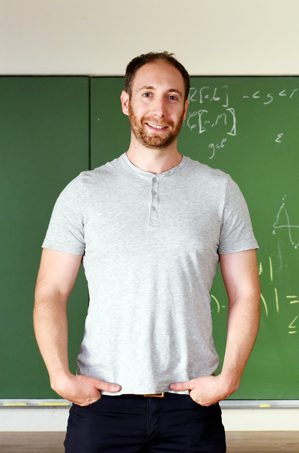
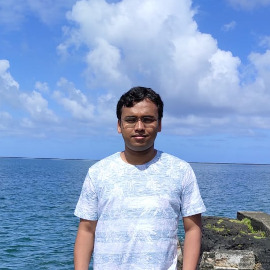
My main focus is to better understand the physics of compact objects in order to explain some observed phenomena like fast radio bursts, supernovae, soft gamma repeaters and anomalous x-ray pulsars. I employ different physics, such as rotation, magnetic fields, modified gravity and noncommutative geometry to explain these phenomena. I also study the generation of gravitational waves from these compact objects and the possibility of their detection in the future by various gravitational wave detectors.
I am interested in theories of gravity and their various modifications. I am exploring whether these theories could be used to explain the origins of dark energy and whether they could alleviate the related cosmological constant problem. In particular I have been working with unimodular gravity and various generalizations of mimetic gravity. Additionally I have been investigating various other consequences of gravity modifications such us parity violations in propagation of gravity waves, which arise in certain gauge theories of gravity.
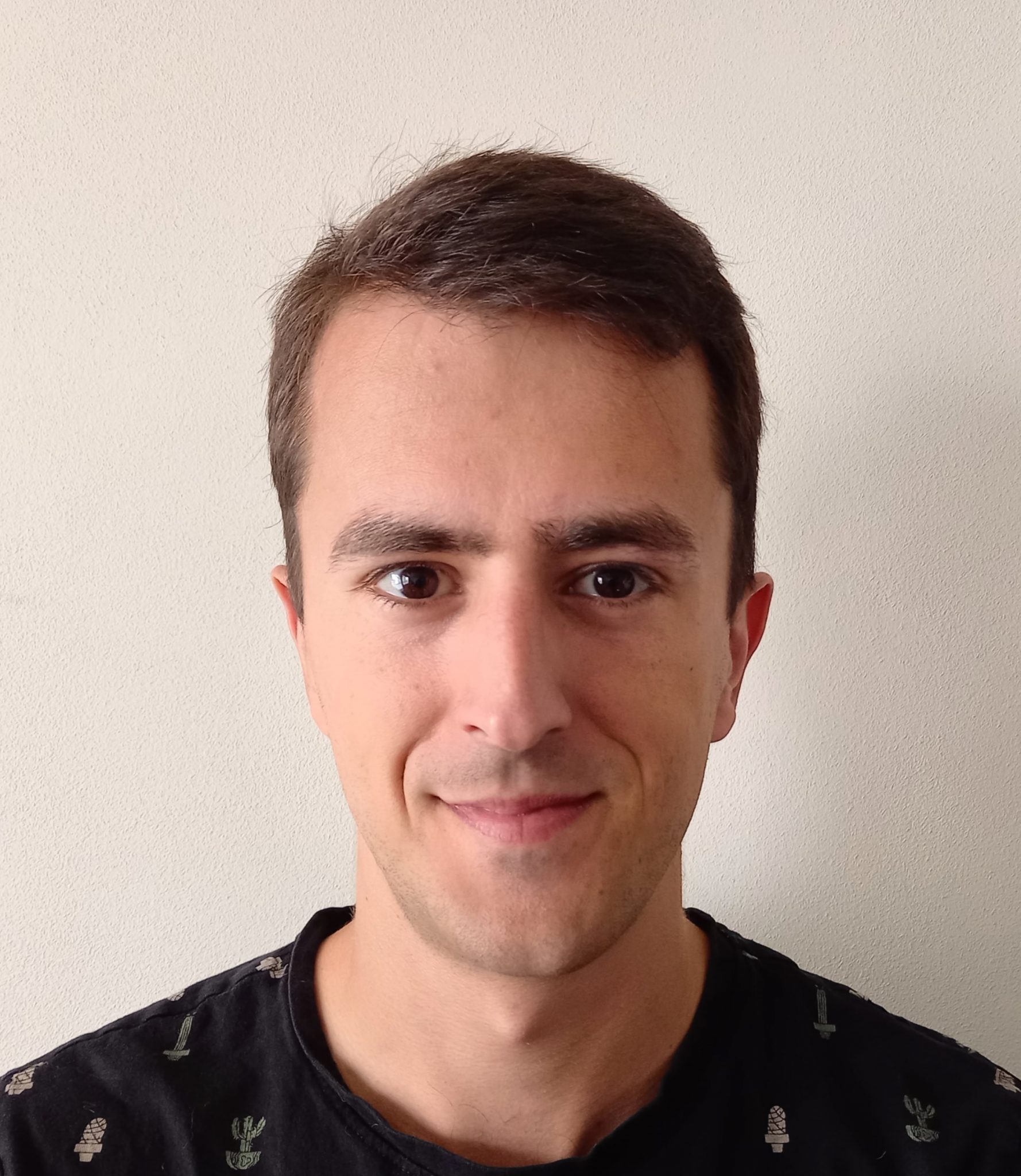
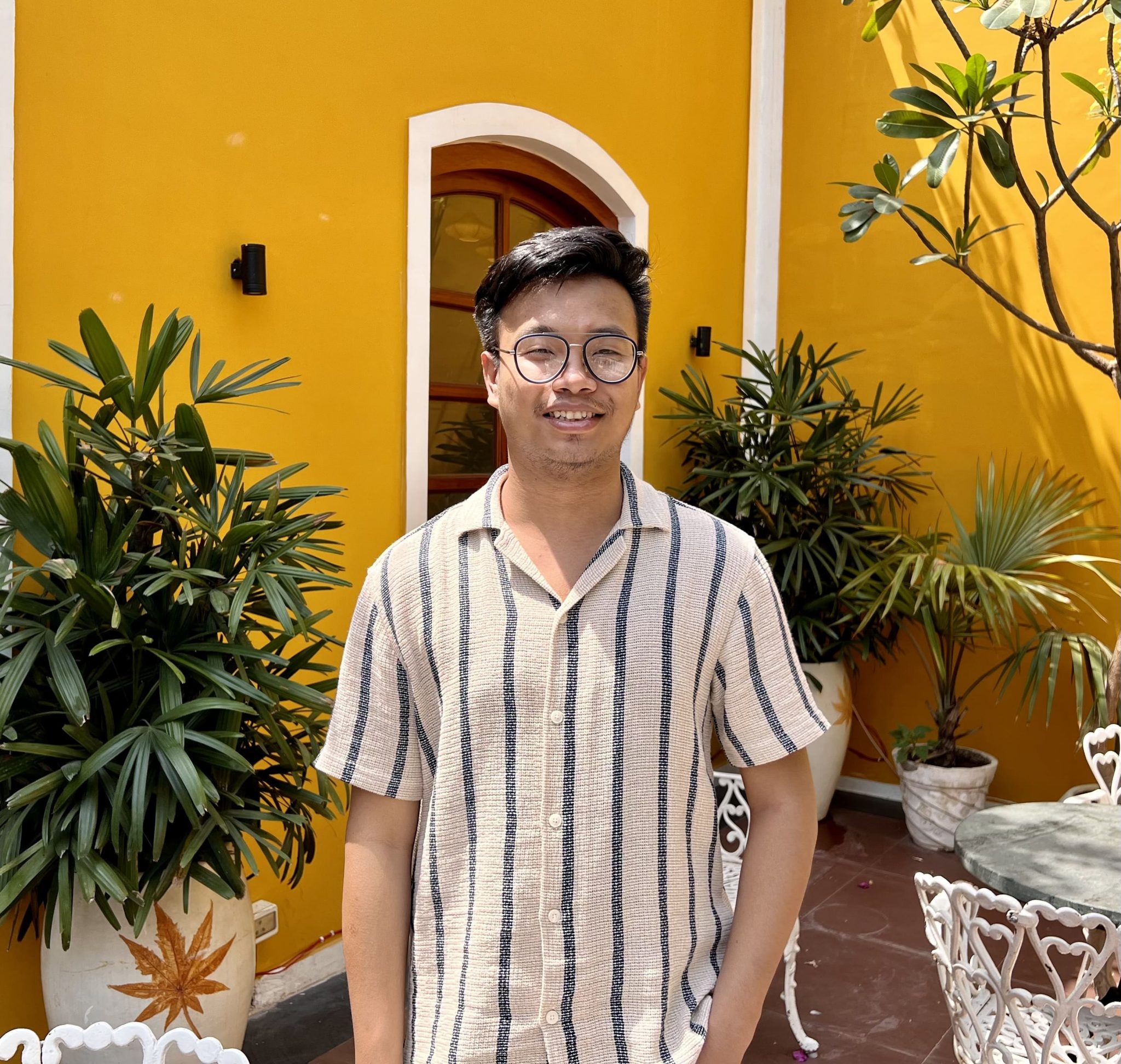
I am interested in understanding various astrophysical phenomena with the help of pulsars. I use pulsars as tools in order to understand the interior of such stars, to look for nanohertz gravitational waves, to understand the interstellar medium, and to study the pulsar magnetosphere.
My main research interest is radio transients—specifically Fast Radio Bursts (FRB). I am interested in studies of repeating FRBs and FRBs as cosmological probes.
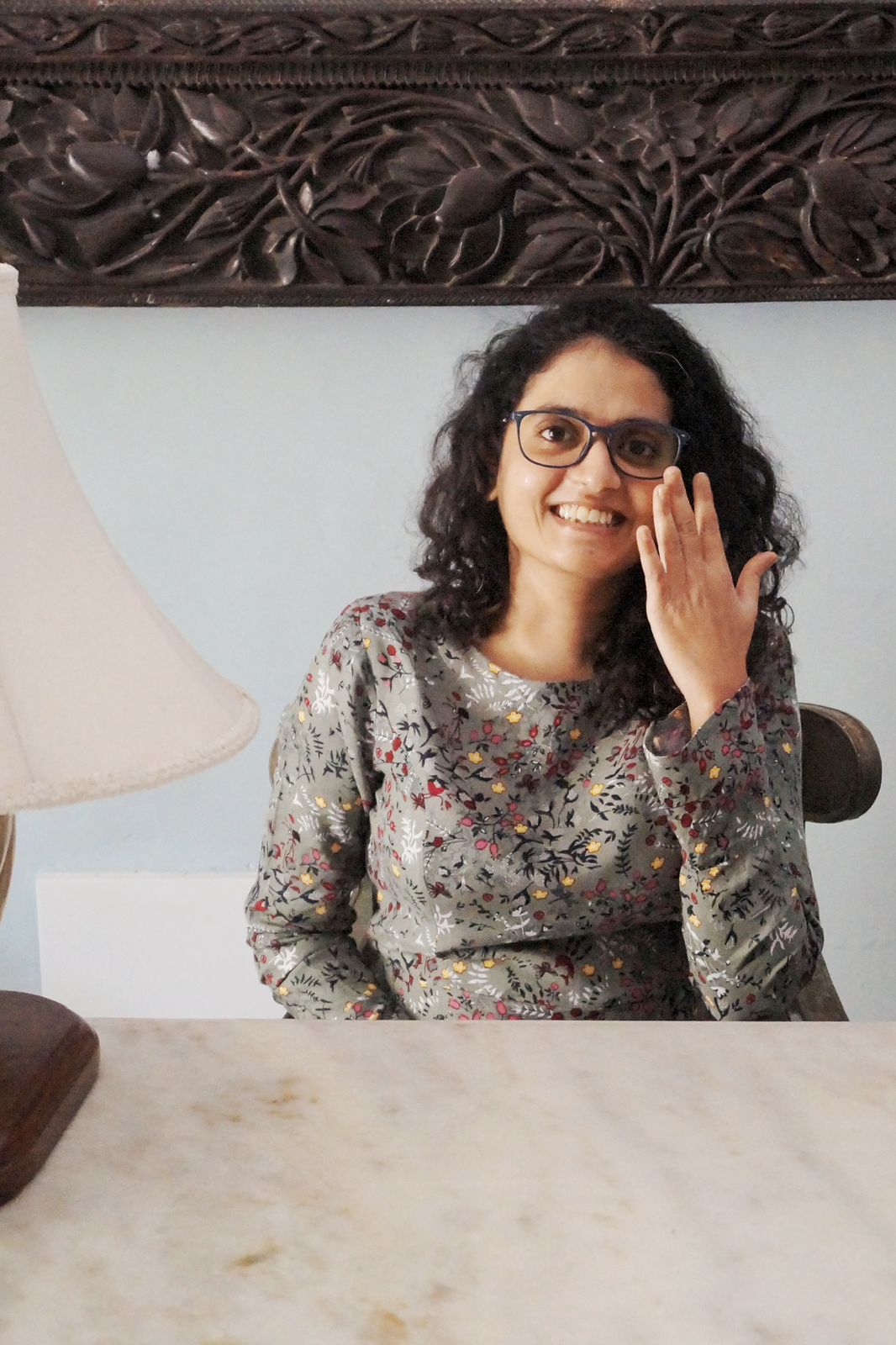
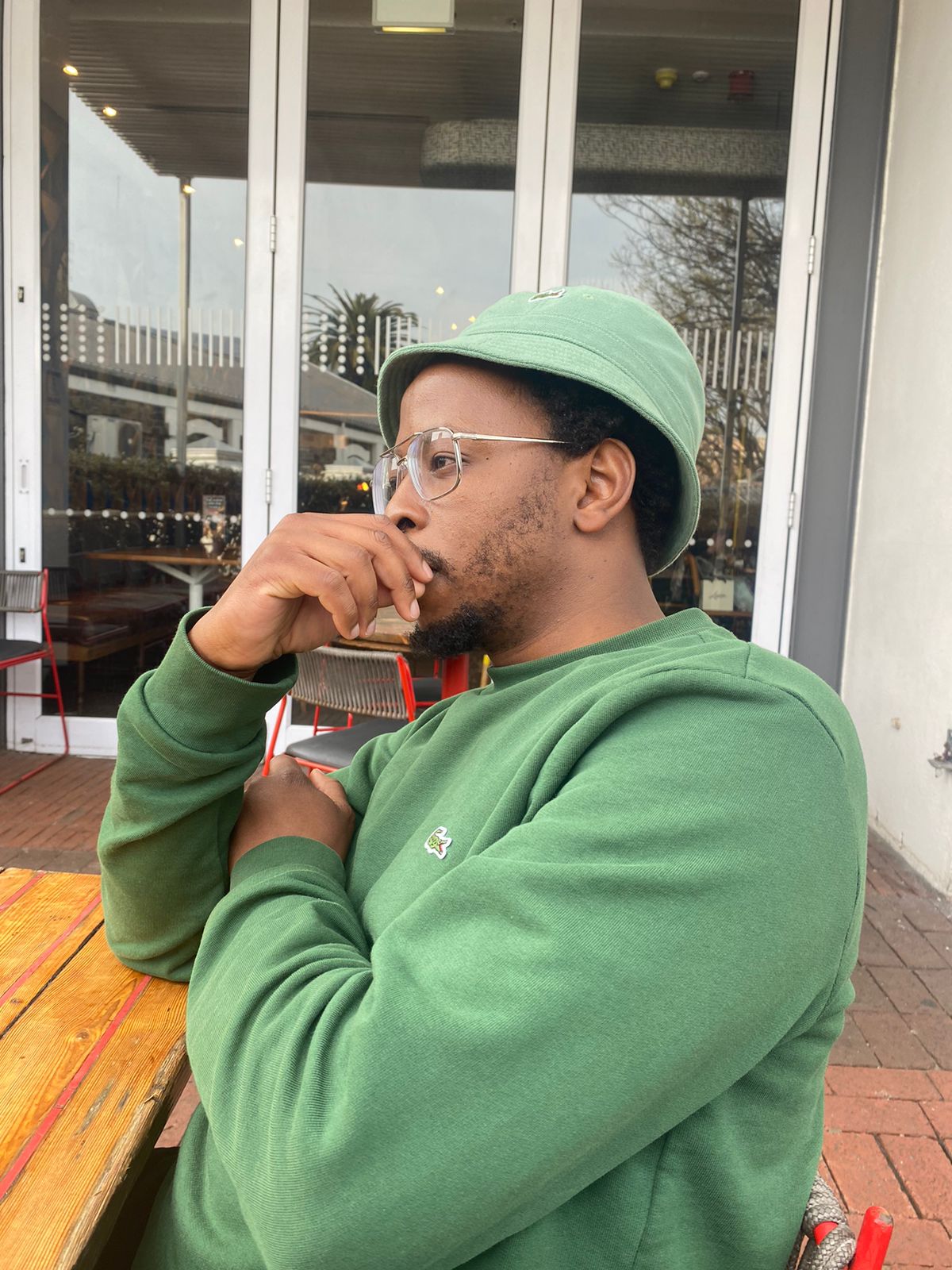
My current research interests are in the mathematical structures governing the behavior of low-dimensional quantum systems in the presence of magnetic fields.

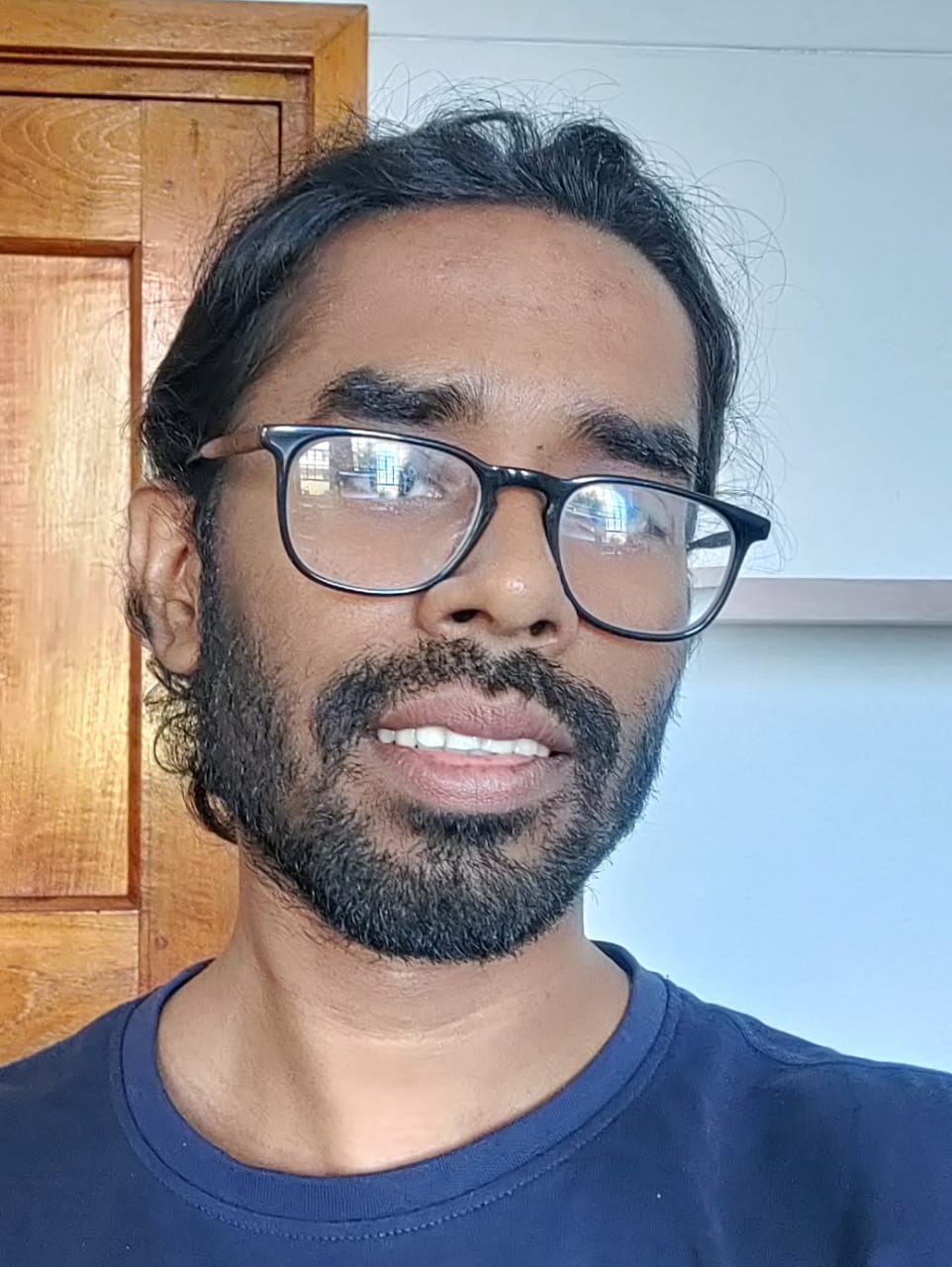
I am doing my PhD on Pulsar astronomy. Pulsars are highly dense objects pulsating in a few seconds to millisecond range. As pulsars are very stable clocks, they can also be used to probe many Gravitational Wave experiments. My main focus is to use pulsar timing data to analyze and search for the Stochastic Gravitational Wave Background (SGWB).
I am a PhD candidate in Astrophysics at UCT. My research interests are: Pulsars, Fast Radio Bursts, and other fast transients. I'm currently searching for new radio pulsars in the Large Magellanic Cloud using MeerKAT and hence, I'm interested in observational astronomy.
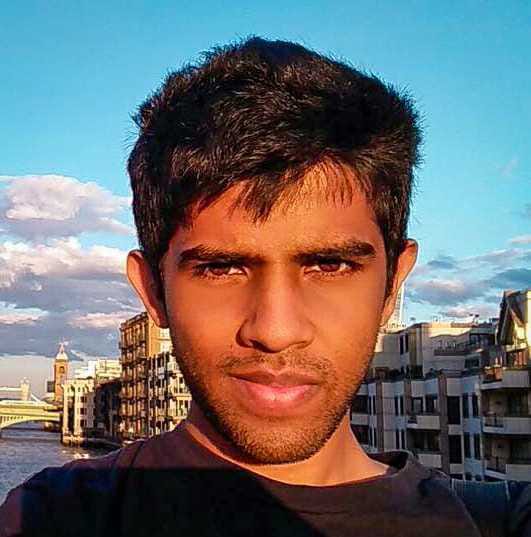
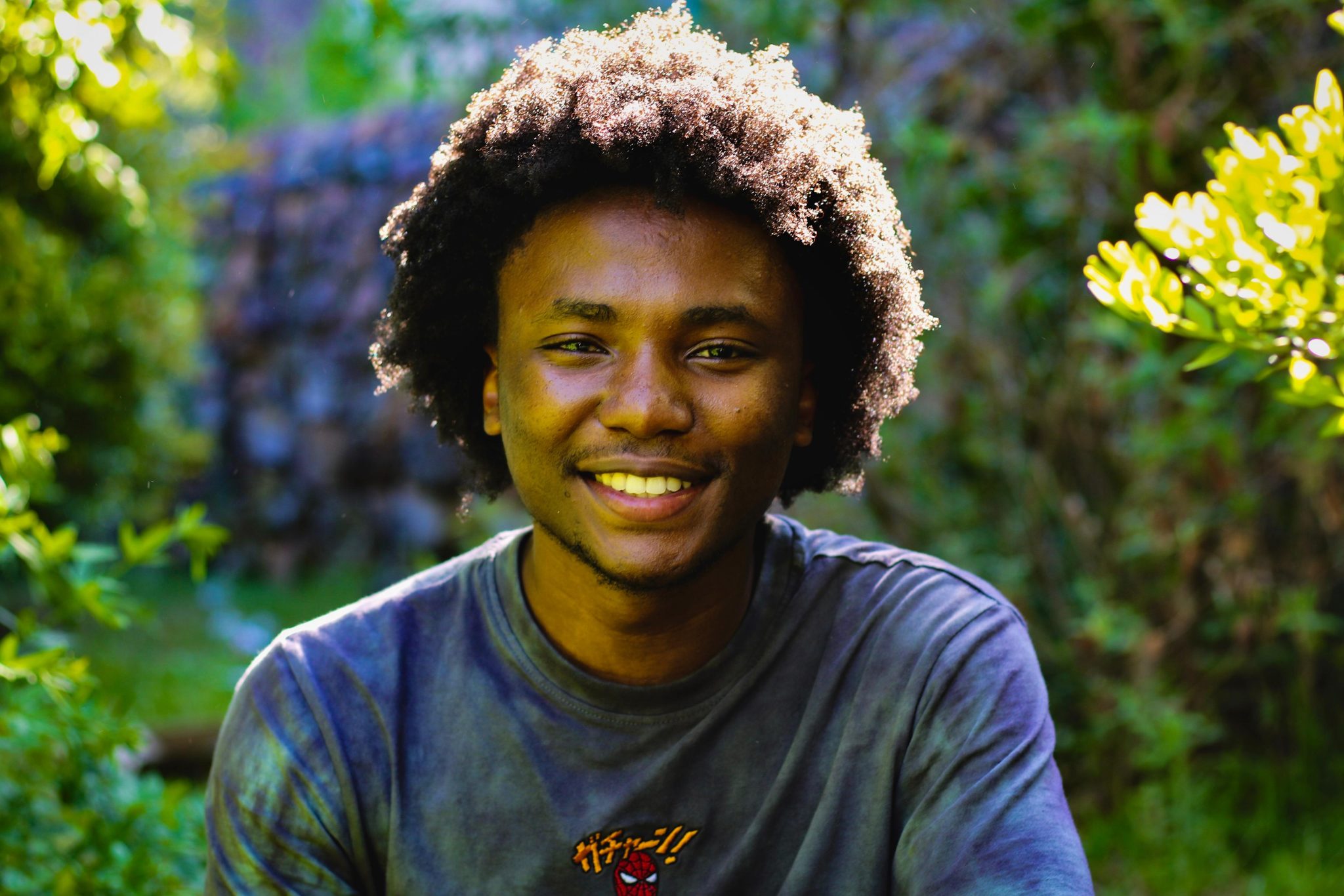
I am an MSc student in Applied Mathematics. My current research interests are in Carroll Symmetries and the Carroll limit of General Relativity. As the antithesis to the Galilean limit of General Relativity which provides the well studied Galilean Relativity, Carrollian physics allows us to understand cosmology in the limit as the speed of light goes to zero, opening channels towards further studying certain cosmological horizons. I am also interested in some aspects of Quantum Field Theory and Supersymmetry.
I am currently pursuing my MSc in the department of Astronomy at UCT. The title of my research is Transients and FRBs in simultaneous optical-radio data. Our main goal is to search for an optical counterpart to fast radio bursts, by making use of MeerLICHT's (an optical telescope based in Sutherland whose name literally means "more light") ability to co-observe with MeerKAT, and my main interests are FRBs and transients in general.
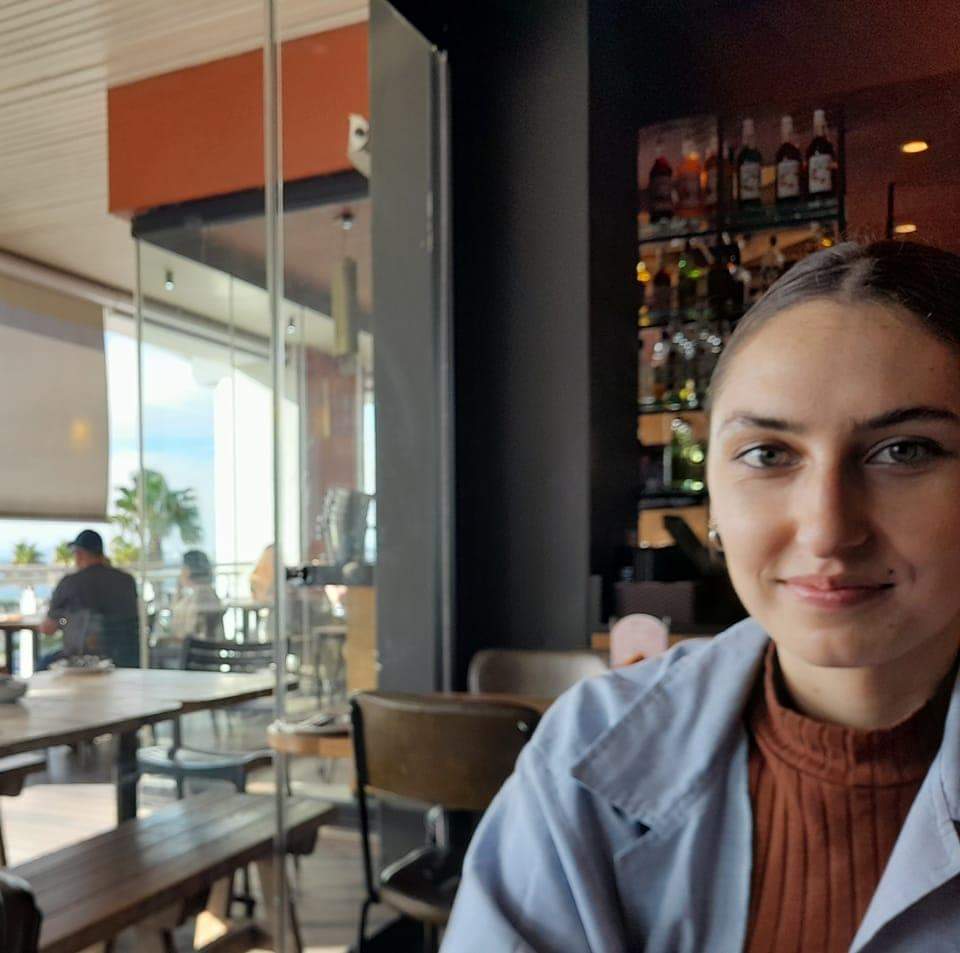
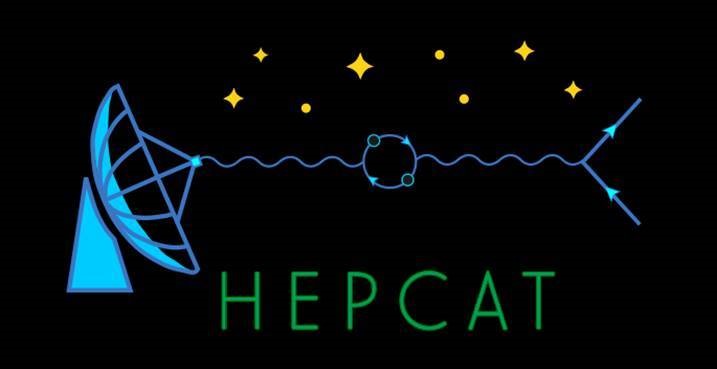

My research interests are Radio continuum surveys and Galaxy clusters.
My research interests are mostly focussed on two areas: on-shell scattering amplitudes and quantum information theoretic measures in QFT. I am interested in utilising on-shell methods to probe theories of gravity, including theories other than general relativity. On the quantum information side, I am interested in understanding the roles of both entanglement entropy and computational complexity in quantum field theories, especially with a view to understanding aspects of gravity via the AdS/CFT correspondence.

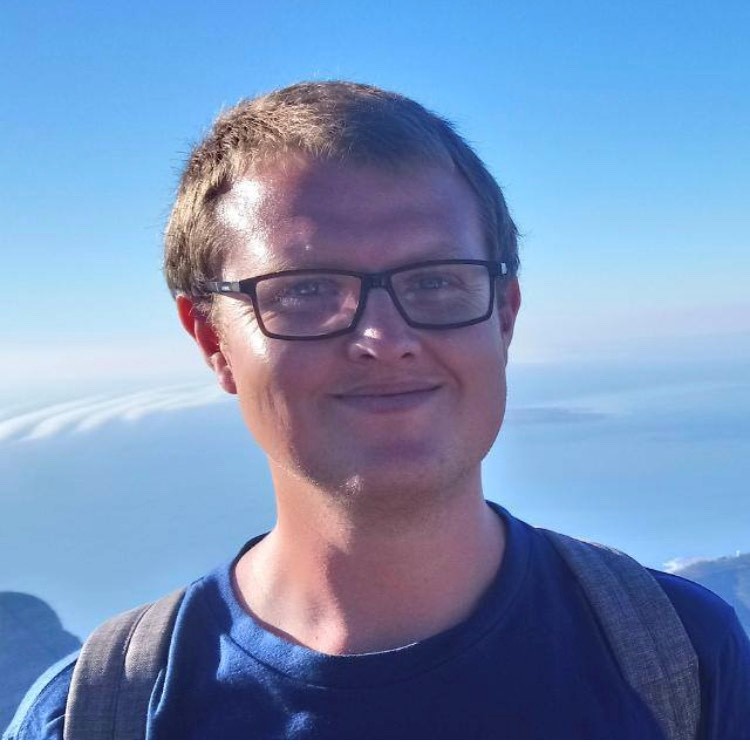
My research is focused on the use of modem amplitude methods to better understand gravity. The developments during the last decade in amplitudes coupled with the advent of gravitational wave astronomy offers an excellent opportunity to combine these historically separate fields.
I am interested in machine learning and data science, with applications to astrophysics and cosmology.
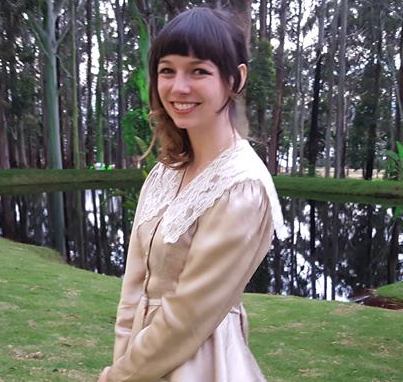

I'm interested in the applications of the double copy to interesting theories of gravity. At the moment I am studying Black holes in Jackiw-Teitelboim gravity and their connection to sine-Gordon solitons.
The AdS/CFT correspondence can be used to qualitatively and quantitatively understand properties of the quark gluon plasma: such as the Brownian motion of a heavy particle within this medium. To model Brownian motion, one theorizes that the gravitational analogue of a particle immersed in a thermal medium (specifically a test quark in the quark-gluon plasma) to be a fundamental string in the AdS_5 space. Using the AdS/CFT correspondence, heavy quark evolution has previously been studied, for example by de Boer et al. (JHEP 0907 (2009) 094). My project aims to explore light quark evolution in a thermal medium by performing a numerical analysis of open string evolution in AdS_5 space (where we introduce and numerically evolve fluctuations on the string). The goal of this project is to better connect AdS/CFT calculations of light quark evolution in a strongly-coupled non-Abelian plasma to heavy ion collision data measured at the Relativistic Heavy Ion Collider (RHIC) at Brookhaven National Laboratory, and at Large Hadron Collider (LHC) at CERN.
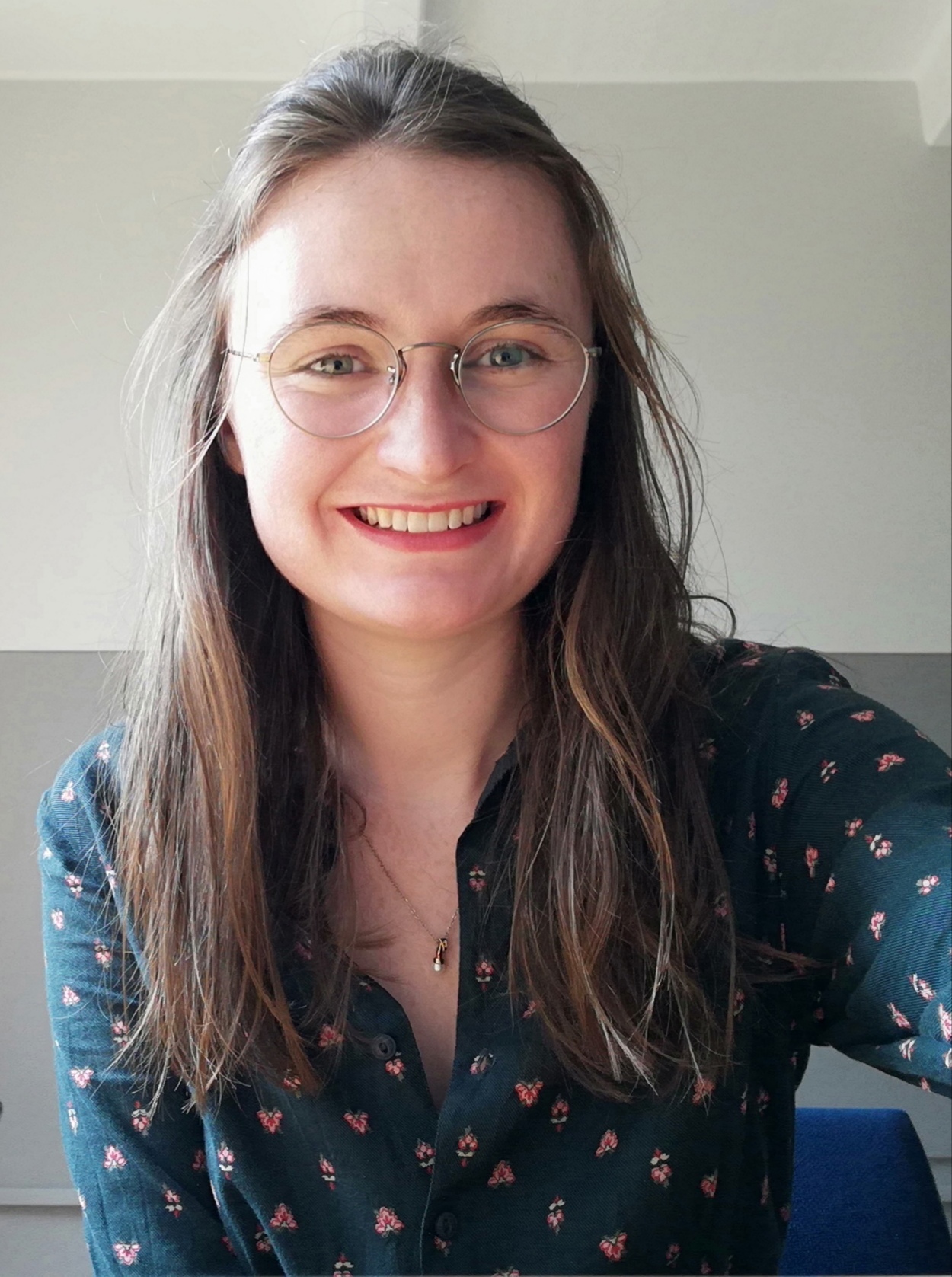

My main interest is to test fundamental physics with the most violent experiments in the universe such as mergers of binary black holes, tidal disruptions of stars and neutron star collisions (kilonova). I make use of effective field theory for gravity and numerical simulations to model gravitational wave sources and test gravity. I am also studying the application of deep learning for gravitational wave data analysis.
I am currently looking at the so-called 'Hubble tension'.


My current research is focused on aspects of many-body quantum chaos. This is a fascinating field that has seen a confluence of interest from both the condensed matter and high-energy physics communities in the last few years. Specifically, I am studying a novel class of disordered spin networks, known as quantum small-worlds, which are analysed through modern diagnostics of chaos, such as the out-of-time-order correlation functions and spectral form factor.